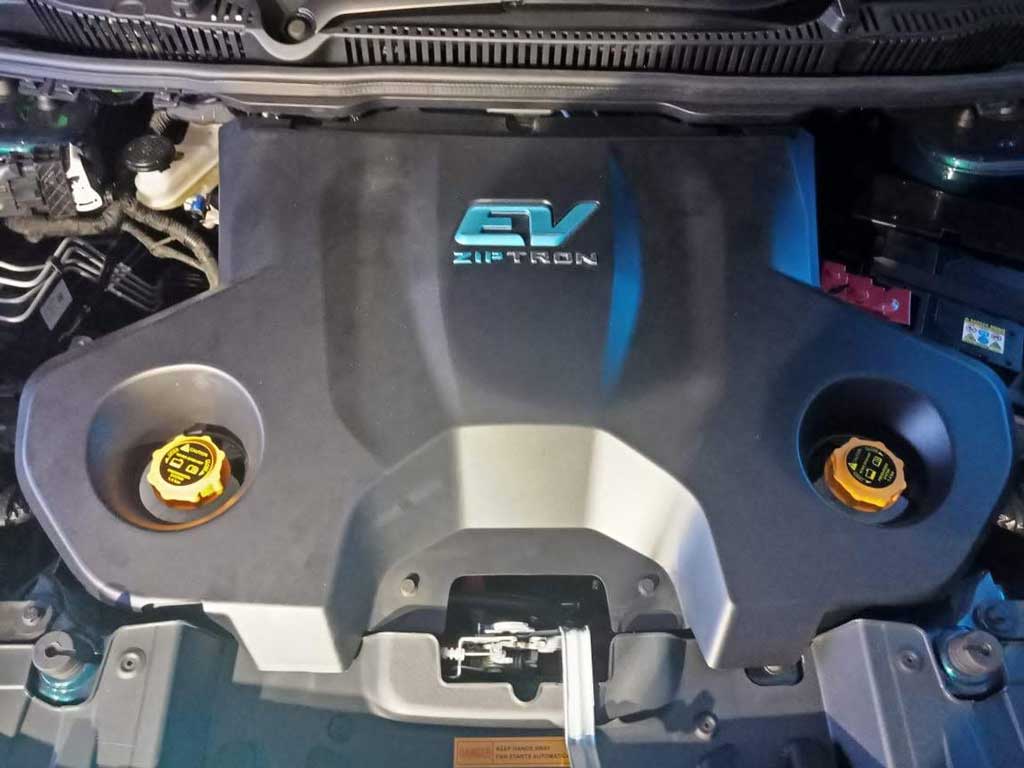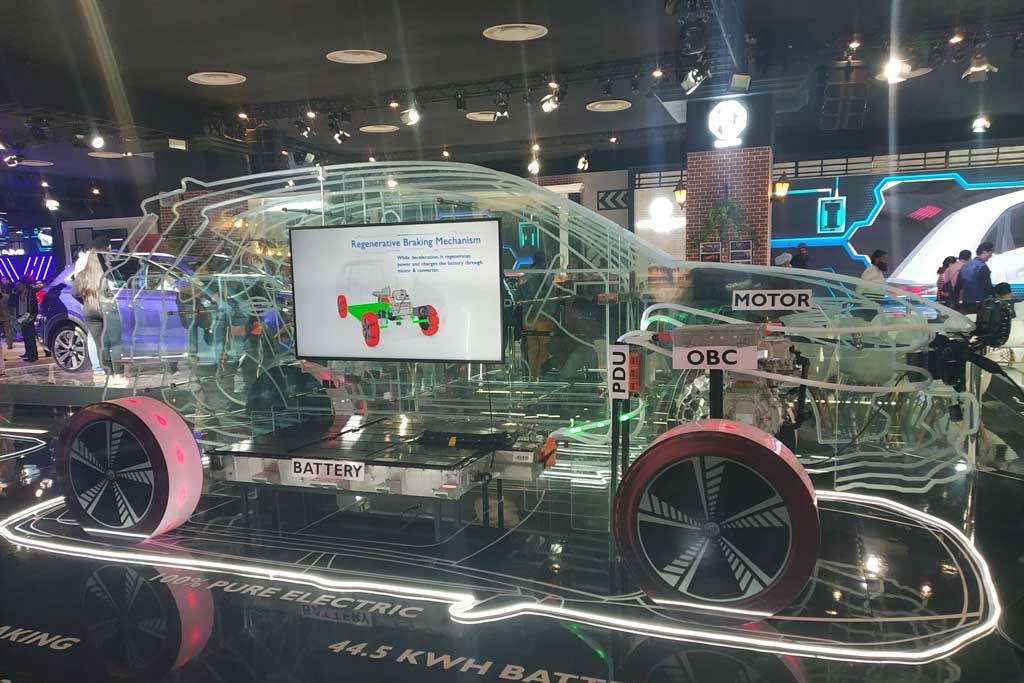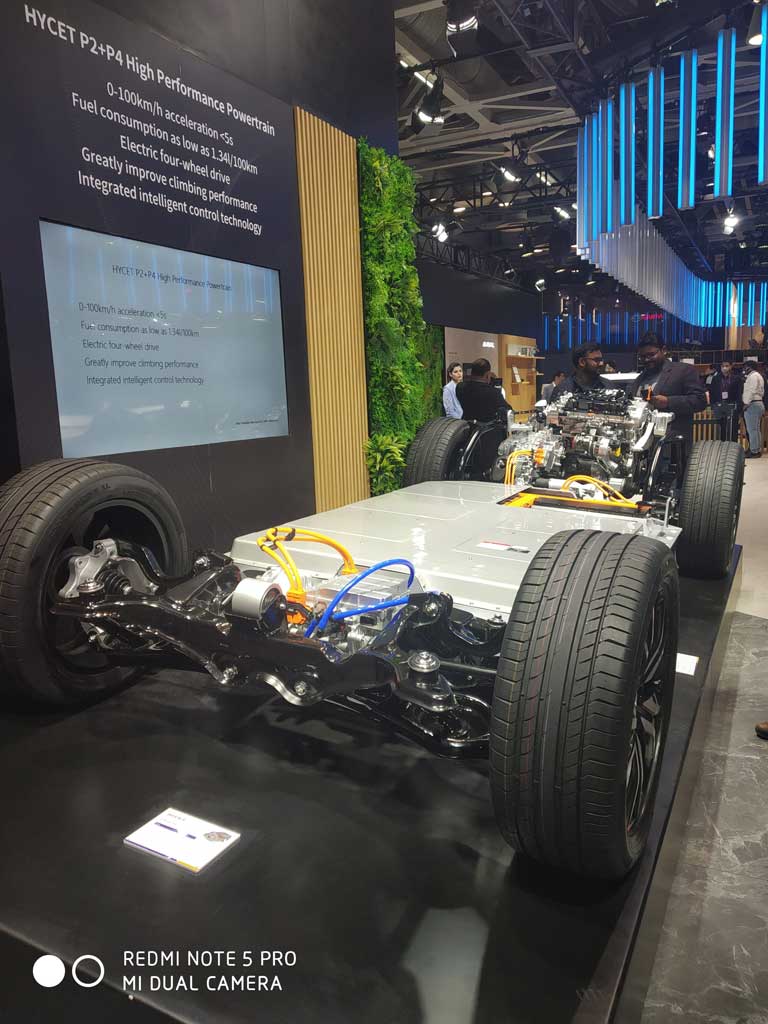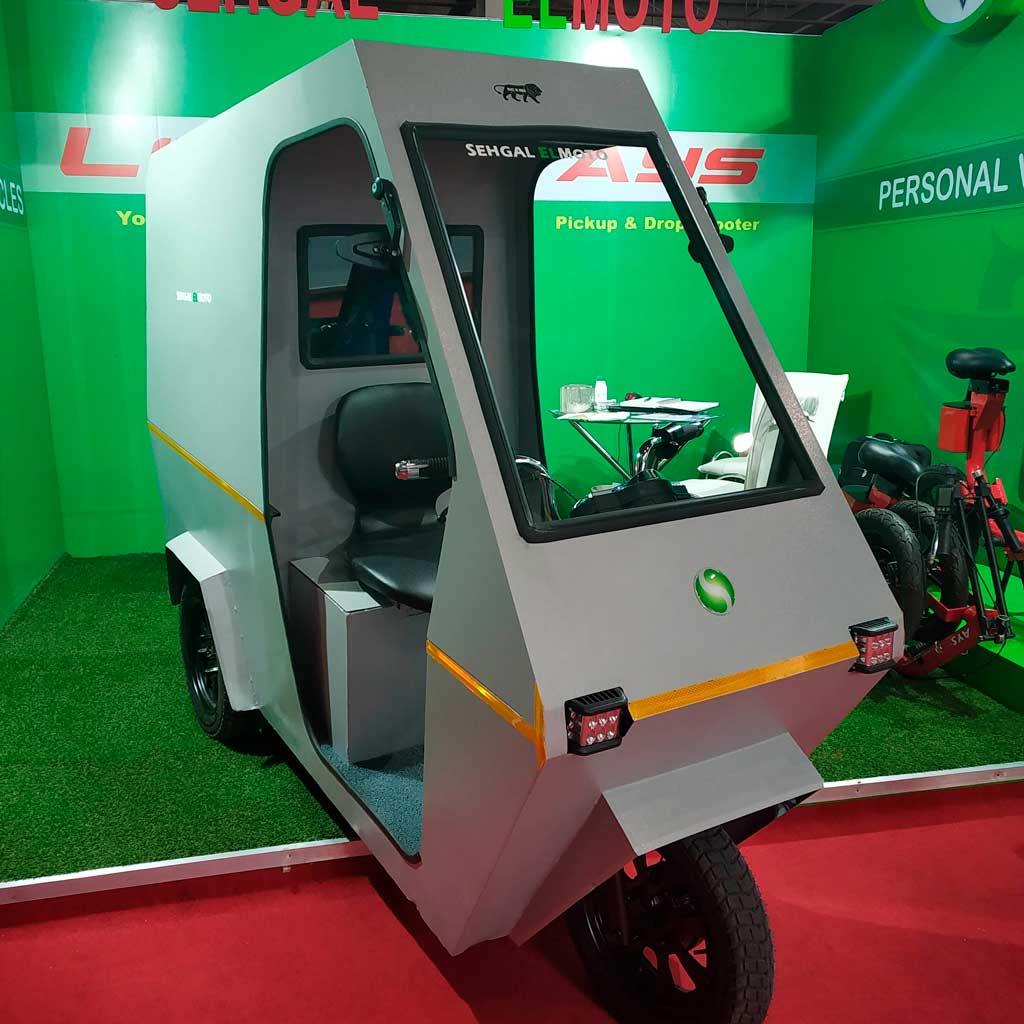The Deloitte study on ‘The Future of Automotive Value Chain 2025 and beyond’ calls for bold actions.
Story by: Ashish Bhatia
 Times are disruptive to the automotive ecosystem. The industry has debated this for years now with a broad consensus on the inevitability of aligning the automotive value chain. The challenge is that investment decisions have to be made today for the value chain of tomorrow. The production capacity and stability of the supply chain as per the Deloitte study ‘The Future of Automotive Value Chain 2025 and beyond’ has to be prepared well ahead of time before the actual demand arises in the global automotive markets. Among approaches and tools to support automotive decision-makers are crucial factors to drive the future value chain developments. Be it the upstream or downstream of the value chain. In the case of the former part of the value chain, from R&D to outbound logistics, the study expects massive implications for assets, people, and supply structures. Applying the approach of scenario-based business modelling: it identified four plausible setups of an Original Equipment Manufacturer (OEM) value chain expected in the year 2025. The results of these model calculations today are expected to help automotive decision makers challenge their own forecasts and strategic plans systematically. OEMs are expected to change the will significantly as the decisions taken today could have massive implications on future assets, employee numbers, and supplier structures across the automotive ecosystem. The need of the hour is bold actions from the stakeholders.
Times are disruptive to the automotive ecosystem. The industry has debated this for years now with a broad consensus on the inevitability of aligning the automotive value chain. The challenge is that investment decisions have to be made today for the value chain of tomorrow. The production capacity and stability of the supply chain as per the Deloitte study ‘The Future of Automotive Value Chain 2025 and beyond’ has to be prepared well ahead of time before the actual demand arises in the global automotive markets. Among approaches and tools to support automotive decision-makers are crucial factors to drive the future value chain developments. Be it the upstream or downstream of the value chain. In the case of the former part of the value chain, from R&D to outbound logistics, the study expects massive implications for assets, people, and supply structures. Applying the approach of scenario-based business modelling: it identified four plausible setups of an Original Equipment Manufacturer (OEM) value chain expected in the year 2025. The results of these model calculations today are expected to help automotive decision makers challenge their own forecasts and strategic plans systematically. OEMs are expected to change the will significantly as the decisions taken today could have massive implications on future assets, employee numbers, and supplier structures across the automotive ecosystem. The need of the hour is bold actions from the stakeholders.
Drivers for the next decade
In the midst of a slew of historic changes, the future shake-up in the market, new business models, or a new value chain cannot be ruled out. The Deloitte study cites excellent opportunities for the customer, the environment, or for business. With the future said to be unpredictable and the redundancy of the workforce a possibility, the industry is faced with pragmatic questions like how can traditional automotive OEMs survive. The impact of the increasing importance to facilitate decision-making with the use of software and connected services on strategy formulation especially in times of uncertainty. The industry is required to take strategic measures according to the impact of the constitution of cars in the future on R&D capabilities. It requires suppliers to takes into account several relevant scenarios- selection including the composition of the likely asset structure. With the implications quantified to provide mobility and digital the best use case scenarios in order to help make relevant services, the need of the hour is to also upskill people such that they make educated decisions and support OEMs in their execution plans. For instance, engines will contain far fewer components in 2025 and beyond. combustion engines, implying a grave impact on the tier city-based workforce.
Development signposts
To facilitate decision-making the study outlines the need to project OEM profits in the face of uncertainty. It also draws attention to the essential models and KPIs in 2025 to gauge the implications on the value chain. Through Deloitte financial benchmark with sketches of possible value chain databases and forecast drivers, the company claims to be in a position to develop the transformation paths for OEMs. Modelling the income statements until 2025, and also addressing pain points. The industry could look to model the balance sheet expected along the way. It requires placing special emphasis on computing financial performance indicators, assets, people, and supply structures by prioritising the automotive value chain. The study emphasises the need to understand singular initiatives and in turn the impact on the overall financial success, stability, and workforce of a company as important value-additions at the time of having to assess different options. It is with a disclaimer that the financial modelling reaching so far into the future can never be 100 per cent accurate. However, obtaining an understanding of the orders of magnitude of such potential financial implications could be highly valuable for decision making.
Scenario-based thinking
Scenario-based thinking will be crucial for decision making. The future scenarios will be dependent on the direct and indirect impact on the future development of the automotive value chain. Grouped in the realm of social change, technology advancement, economic shifts, environmental trends, and political developments, the study evaluates these drivers in accordance with the degree of uncertainty and the future impact on the OEMs automotive value chain. It spans across R&D, procurement, manufacturing, or logistics. For instance, 3D printing is a high impact but uncertain driver according to the study. Deemed as having a potential impact on the various links in the supply chain, it is said to cut time to build the prototypes thereby supporting innovation. The study suggests the approach whereby using adequate trained manpower and production of parts in-house the number of suppliers could be reduced. Coupled with shorter lead-times, it is expected to affect manufacturing and logistics. Parts and components could be printed directly wherever they are required with the need for transportation. With the lighter and less costly products known to reduce inventory and handling costs, shorter lead times have the potential to reduce supply chain complexity. On the flip side, the future deployment of 3D printing is highly uncertain with high production costs and slow production speeds deterring a large-scale implementation. In comparison, the use of alternative powertrains could be a high-impact driver.
Alternative powertrains such as the Battery Electric Vehicles (BEV), Plug-in Hybrid Electric Vehicles (PHEV), Range Extenders (REX) or Fuel Cell (FC), require major changes in the workforce, logistics channels, and manufacturing processes, and also an unpredictable market breakthrough as per the study. The Another example is “connectedness of cars”, as the potential for new business models is huge but currently still very uncertain when it comes to the actual monetization of technological possibilities, not to mention future regulation. By Deloitte’s methods for the long view, the critical uncertainties were used to shape four quintessential scenarios: Data and mobility manager, stagnant car maker, the fallen giant and hardware platform provider.
Data and mobility manager
Connectivity is today a big differentiator. E-mobility, autonomous driving, and integrated mobility are a common reality. OEMs are able to set the standards and are the dominant players in the automotive industry. They are offering a rich portfolio of products and services. Innovative automotive outsiders are claimed to have to play according to the rules set by OEMs. In particular premium brands and status are deemed to play a decisive role in the consumers’ buying behaviour.
The fallen giant
The car is said to be a mere means of transportation with the brand attractiveness said to have diminished. The study claims further that the technology hype has cooled down and put an end to the rise of the high-tech car. As mobility has become a commodity, the profit margin has decreased and OEMs are focusing on improving processes and on cost efficiency. Industry outsiders such as Uber have entered the market and forging exclusive alliances with suppliers to provide affordable mass mobility. Private car ownership has decreased, fleet management has become of significant importance for OEMs. New talent is hard to come by, due to the loss in the attractiveness of OEMs.
Stagnant car maker
Claiming massive lobbying by OEMs as preventing potential new high-tech players from entering the market, Deloitte’s study correlates the defensive strategy for the slowdown in technical development. It cites it as a reason for many potential innovations not being rolled out to the market, with regulations, for example, limiting the deployment of technology. Dramatic accidents with immature autonomous cars according to the report has also resulted in a loss of consumer acceptance.
Hardware platform provider
 IT players have disrupted the automotive value chain and with this OEMs have become the suppliers of white-label cars to the internet giants, adds the study. The report claims that OEMs can play a relevant role only if they provide a superior platform for ‘infotainment’ and mobility services and or retain their strong brand image. Since OEMs are not able to fully cash in the revenue potential, the margin per vehicle is fast decreasing.
IT players have disrupted the automotive value chain and with this OEMs have become the suppliers of white-label cars to the internet giants, adds the study. The report claims that OEMs can play a relevant role only if they provide a superior platform for ‘infotainment’ and mobility services and or retain their strong brand image. Since OEMs are not able to fully cash in the revenue potential, the margin per vehicle is fast decreasing.
Take the example of a prototypical OEM, headquartered in Europe, with no distinct market positioning and serving both premium and volume segments. Assume that the brand is respected and commands solid profit streams. With an annual turnover estimated at Euro 60 billion and an EBITDA margin of 12.5 per cent, it ranges well within the order of magnitude of other European carmakers. Here the report selects EBITDA as the main KPI for profitability because it represents the operational profit. Interest, tax, depreciation, and amortisation are said to be not modelled for operational success as their future developments do not always have direct links to operational performance.
By 2025 the technological advances may or may not materialise. The competitive landscape and the strength along the value chain may or may not have changed. So the world for a typical OEM in 2025. Today, the company primarily operating two business models: producing and selling vehicles, in 2025 could have two additional business models expected to play a significant role in the future car company. Producing white-label components and vehicles could have evolved as a third business model with the main customers for white-label vehicles including new market entrants such as Google or Uber. With user-centric software as their strength, they will leave hardware development to OEMs. The fourth business model could have the future car company creating profits from mobility services and user data. On the one hand this includes car- and ride-sharing services (mobility management). On the other, the company will generate revenue from connected services and data, i.e. software and apps for information or entertainment offerings as well as other ways to monetise the large amounts of data available in and around cars. The report concludes, however, that despite the anticipated changes over the next few years, the classic core competence of OEMscould revolve around vehicle production. ACI














Leave a Reply